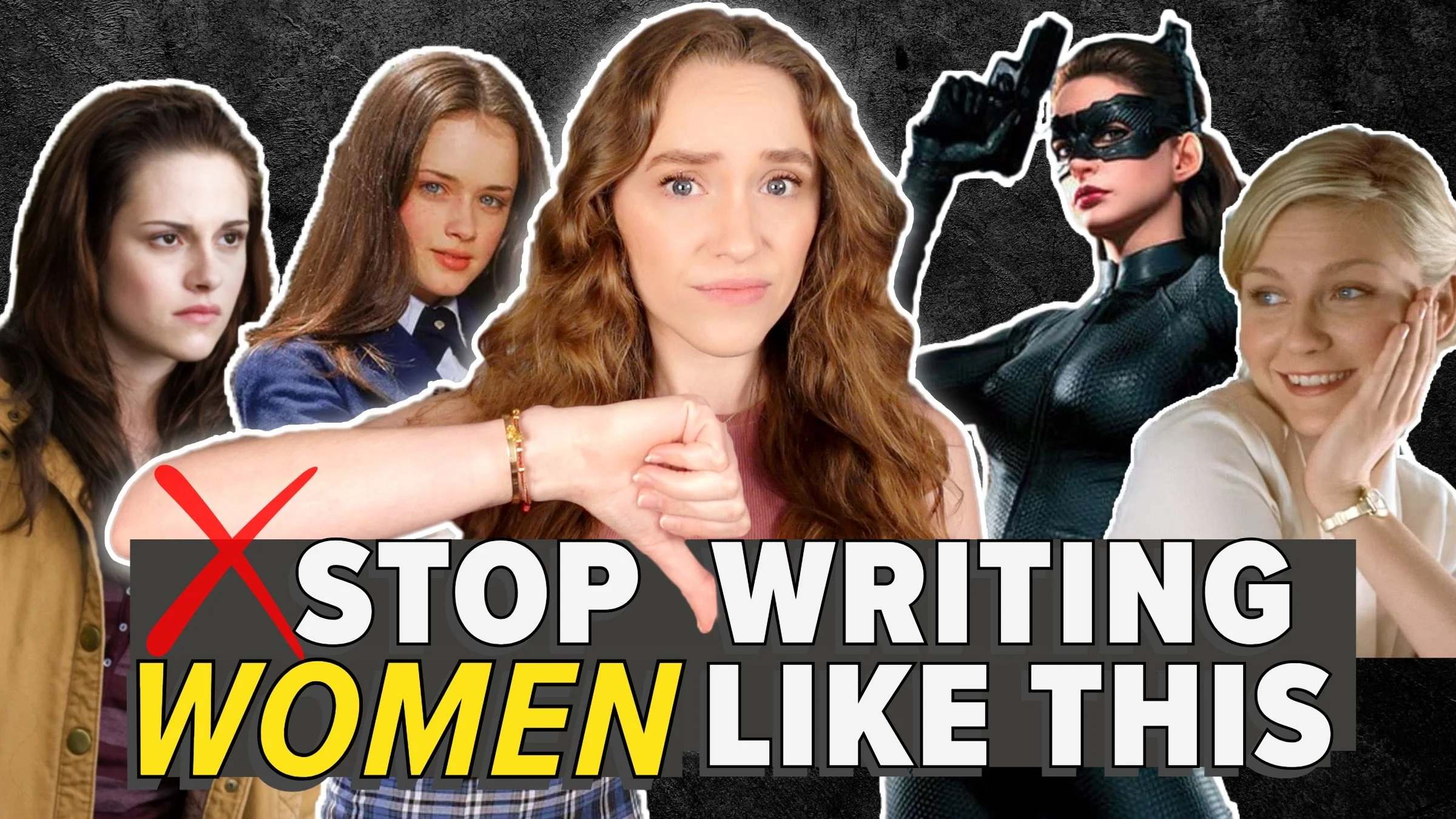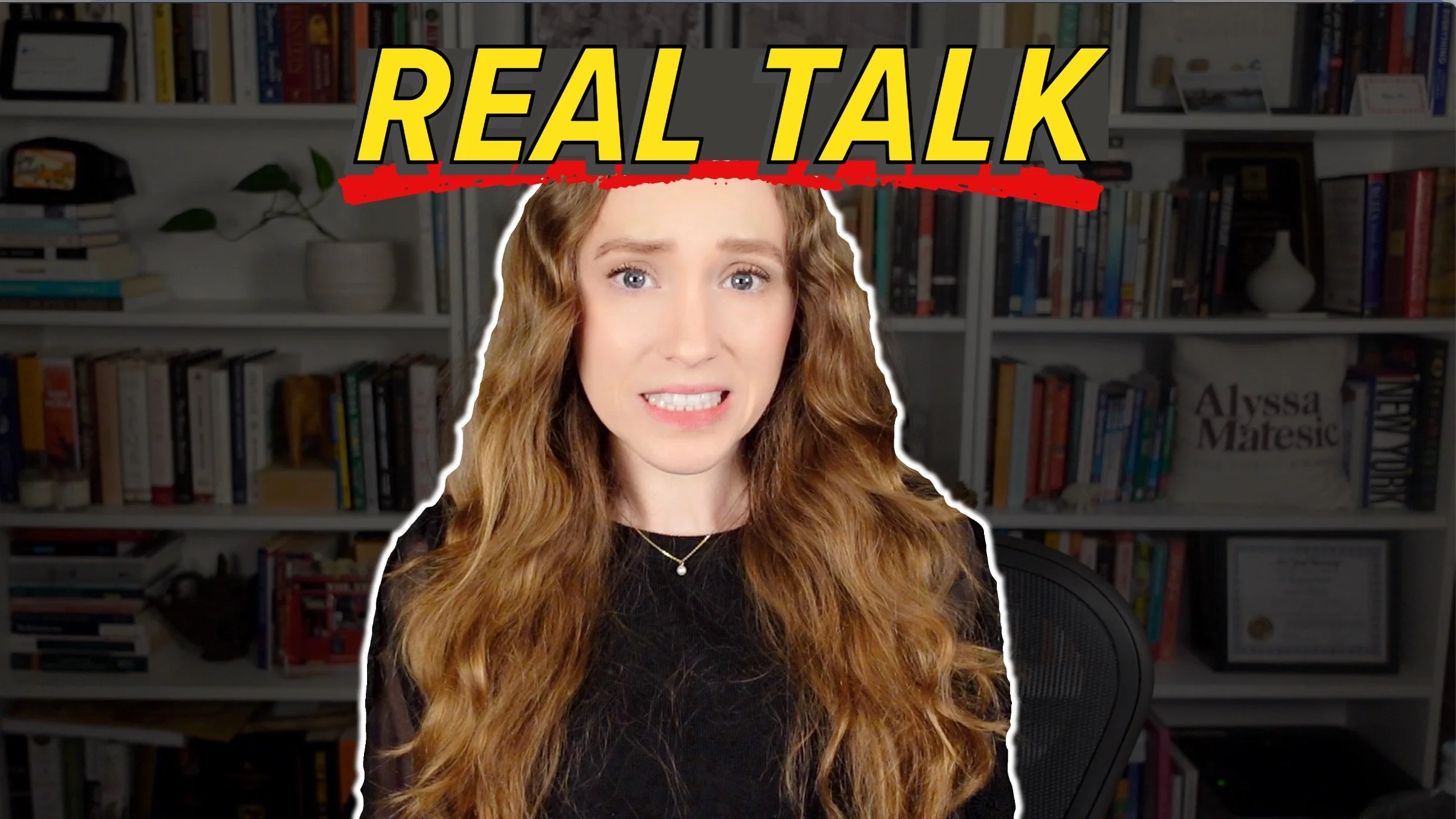6 Ways to Publish a Book: The Pros, Cons, and How to Choose the Right Path
HIT PLAY OR READ THE POST BELOW:
Most aspiring authors believe they have only two options when it comes to publishing: landing a book deal with a major publisher or self-publishing. But that’s a myth. The publishing industry has evolved, and today, there are actually six distinct ways to publish a book.
That's great news for authors who want to get their books on the shelves. But with more choices comes confusion. Many writers don’t fully understand the pros and cons of each publishing path, let alone how to choose the best option for their book. Worse, some make costly mistakes, falling into predatory traps or investing thousands without seeing a return.
As a developmental editor who has guided hundreds of authors through the publishing process, I’ve seen it all—both the success stories and the regrets. My goal is to help you avoid common pitfalls by breaking down the six legitimate publishing options, their financial considerations, and the key factors that should influence your decision.
Whether you dream of seeing your book on bookstore shelves, maximizing your creative control, or ensuring the best return on your investment, this guide will help you navigate the publishing landscape with confidence.
1. Big Five Publishers
The first publishing path is the one that every author dreams of, but it's actually the least understood: Big Five Publishers.
These are the big-name companies you’ve likely already heard of. I guarantee you’ll find their logos on the spines of some of the books on your bookshelf right now.
Five major publishers dominate the trade publishing market. Here they are in order of size:
Penguin Random House
HarperCollins
Simon & Schuster
Hachette
Macmillan
Each of these publishers has dozens of imprints, which are divisions that specialize in a certain set of genres and operate essentially as mini-publishers under the parent company. Each imprint has dedicated editorial, marketing, sales, design, and publicity professionals who work to make each book look and read its best and attract readers.
Because they are major corporations, these publishers have large distribution networks and partner with all major retailers to get their books out for sale. If it’s important for you to see your book on the shelves at a major bookstore chain, this is the only option that will nearly guarantee that.
How do you get paid?
So, how do you get paid? These publishers will pay authors an advance, which is a payment outlined in your book deal contract that serves as an upfront royalty payment. The advance amount will vary depending on the publisher’s predicted sales for your book. However, no matter how many copies you sell, you will retain the full advance amount. If enough copies of the book are sold that the publisher recoups the full amount of the advance, you will then go on to earn royalties on each subsequent book sale.
This financial model defines a traditional publisher. It means the publisher is taking on the financial risk of publishing your book, and you do not have to pay for any publishing services. Sounds like a solid deal, right? But how do you actually get published by a Big Five publisher?
How to Get Published by a Big Five Publisher
For fiction, you will complete your novel manuscript. For nonfiction, you will complete a book proposal. Then, you will need to secure literary agent representation, as your literary agent will be the one to pitch your book to publishing houses and negotiate your book deal. While some imprints of Big Five houses might have periods where they open to submissions directly from authors, these opportunities are few and far between. The vast majority of imprints require literary agent representation.
If you have a literary agent and they secure a book deal for you, you will pay them a 15% commission on both your advance and any royalty payments.
To get a literary agent, you must write a query letter. Check out this guide if you want to learn that complete process, step by step.
2. Midsize Publishers
What do you do if you feel confident in the commercial potential of your book but querying literary agents doesn’t work out?
The next publishing path is one of the most overlooked by aspiring authors who initially strike out with Big Five publishing: midsize publishers.
As the title implies, the Big Five are the largest book publishers in the world. Midsize publishers fall just under the Big Five in terms of annual revenue, number of titles published, and overall market reach. They operate essentially identically to Big Five houses and are considered traditional publishers, just at a smaller scale. They have dedicated editorial, marketing, and sales teams and may even have different imprints. They also typically operate by the advance-and-royalties model, though their advance payments may be lower than those offered by Big Five houses.
Although they are not as large, these houses are often well-regarded in their specialty genre areas and go on to produce many best-selling titles. You likely have heard of some midsize publishers as well—you just may not know that’s what they are.
Here are some examples (though this list is not comprehensive):
W.W. Norton
Scholastic
Chronicle
Kensington
Sourcebooks
BenBella Books (the publisher for my upcoming book!)
Unlike the Big Five, some midsize publishers accept submissions directly from authors, which means you don’t need to acquire a literary agent before submitting to them. Keep in mind, though, that you may ultimately want to work with a literary agent, as they can help negotiate your book deal and ensure you’re getting the most favorable terms. Also, editors at midsize publishers may more seriously consider projects submitted through a literary agent, so it’s your best bet to try to secure agent representation first before submitting directly.
As of making this video, Kensington, Chronicle, and BenBella Books accept submissions directly from authors. The process of submitting your book to a publisher directly will be similar to the querying process, so it’s best to familiarize yourself with that process first.
3. Small/Indie Press
If your book isn’t a fit for a midsize publisher, there is still one other type of traditional publisher that may be a perfect fit for your book. They’re known as small or indie presses.
There’s no universal definition for a small or indie press, but I consider them to be the smallest of the traditional publishers, publishing the fewest number of titles per year. They typically have a small team, no imprints, and specialize in a specific niche, often literary fiction. Their advances and distribution networks will be smaller than what you’d get at a Big Five or midsize publisher, but they’re often open to more experimental works that bigger publishers pass on.
Some examples of small presses include:
Tin House
Graywolf Press
Akashic Books
Rising Action.
Like midsize publishers, they may not require an agent to submit to them, but you’ll want to be sure that your book suits their list. Because they publish so few titles per year, they are highly selective and want to ensure each title fits their specialty.
4. Hybrid Publishing
The three publishing paths we’ve gone over so far cover the traditional publishing process, which, as a reminder, means that the publisher bears the financial risk of publishing your book and handles the process for you. But if your book gets rejected by literary agents and publishers, does that mean you have no choice but to self-publish?
That used to be the case, but it’s no longer true. The next publishing path is admittedly the most controversial and trickiest to navigate because it’s the most common area where authors get scammed: hybrid publishers.
Unlike traditional publishers, hybrid publishers require authors to pay for some or all of the services needed to publish their book, including editing, formatting, cover design, and print-on-demand services. The concept of a hybrid publisher is that they merge some elements of traditional and self-publishing. They handle some processes for the author as a traditional publisher would, but authors are required to front the costs, as in self-publishing.
Note that with this publishing path, it’s unlikely that your book will be distributed in physical stores. Most of the sales will be online. The same goes for the rest of the publishing paths we will cover today. The fees for hybrid publishing will vary based on what services the publisher is offering, but typically they’re in the thousands of dollars. Hybrid publishers may offer you higher royalty rates than you would get with a traditional publisher. Although they do not require you to have a literary agent, hybrid publishers will still typically require authors to submit their manuscript to them before agreeing to publish the book.
why hybrid publishing can be controversial
Now, let’s talk about why hybrid publishing can be controversial. It’s often associated with the concept of a vanity press, which is a dated term used to describe publishers that charge authors money to publish their book but then do very little to actually sell it. The idea is that the author is just paying for the right to say they have published their book, without any of the traditional markers of success in publishing, such as garnering strong sales or having a publisher or literary agent select their book.
This term isn’t necessarily helpful these days, as every author’s needs are different, and some authors may feel that the services offered by hybrid publishers are worth the fees being charged. There are some legitimate companies operating in this space. That said, there are many companies presenting themselves as hybrid publishers that prey on authors’ egos, desires to be published, and lack of understanding of the publishing process to make a profit. These companies often rely on deceptive business practices to lure authors in.
If you are considering hybrid publishing, I encourage you to thoroughly research any company before agreeing to work with them. Review their services in detail, understand the value of those services in the market versus what they are charging, and get a legal review of any contracts before signing them.
Here are some specific red flags to watch out for with hybrid publishers:
High-pressure sales tactics: If a publisher pressures you to sign a contract or pay money within a short time frame, proceed with caution.
Unrealistic promises: Be wary of guarantees that you’ll become a bestseller, sell a specific number of copies, or win certain awards. Even Big Five publishers can’t guarantee these outcomes.
Excessive fees for low-quality services: Some companies may charge exorbitant fees for subpar services that you could obtain from qualified freelancers for much less.
Unclear or unfair rights agreements: Ensure you fully understand all the terms of your contract so you don’t accidentally sign over rights to the publisher that are not standard in the industry.
So, is hybrid publishing any better than self-publishing and managing the entire process on your own? Let’s talk about that path next.
5. Self-Publishing
Self-publishing is when you, the author, handle and control the entire publishing process from beginning to end. However, that doesn’t mean you have to navigate the whole process entirely on your own. Many successful self-publishing authors hire freelance editors to help them make their book the strongest it can be, as well as book designers and interior formatters.
To self-publish, you will set up accounts with eBook retailers to distribute digital copies and work with a print-on-demand service to distribute print books. You will set the price of your books and determine the formats in which they’re published. You will retain all profits from book sales, minus the fees charged by your eBook retailers and your print-on-demand service. Also, keep in mind that you will pay upfront for any professional book services you employ in the process of getting your book ready to publish.
Having complete control and not having to deal with gatekeepers may sound like a dream come true, but know that your success with self-publishing often boils down to your ability to market and promote your book effectively. Since it’s unlikely that your book will be placed in major bookstores or picked up by mainstream media outlets, authors who are the most successful in the self-publishing space spend a lot of time nurturing and growing their audience, learning the business side of books, and dedicating considerable time, energy, and effort to marketing and promotion.
6. Social Publishing
There’s one more publishing path I bet you haven’t even thought of, and it also allows you to retain complete control over the publishing process. It’s what I’ll refer to as social publishing. Of all the publishing paths we’ve covered today, this one is the least conventional, but it’s worth mentioning—especially as more authors seek non-traditional publishing avenues and look to connect with their readers digitally.
Sites like Wattpad, Substack, and Patreon allow writers to publish their creative work, often in ongoing installments. You might also choose to publish your book on your own website or blog. This path is especially popular for fanfiction and for newer authors who are just getting their feet wet and hoping to get feedback as they develop their craft. These authors tend to have discussions directly with their readers about their story as they’re writing it. Authors might charge a small subscription fee for access to their story or offer it entirely for free, making this the least financially reliable method of publishing.
Keep in mind that once you publish your book online, it typically excludes it from traditional publishing in the future. However, if you spend time nurturing and developing a relationship with your readers and audience, that could help you with subsequent books if you want to traditionally publish down the line. Just make sure not to publish any manuscript you plan to submit to a literary agent or publisher online first.
Your Publishing Path
Knowing all your possible publishing paths is step one, but step two is figuring out which path is actually right for you and your book so you don’t end up disappointed with the outcome. Here’s my framework for how to choose the right publishing option for you, based on my decade of experience in the publishing industry.
Let’s get one thing straight first: no matter what your favorite author, your friend, your writing teacher, or your favorite YouTuber says, there is no right or wrong way to publish a book. You can find success via any of the six paths we went over because success in publishing is extremely personal and subjective.
Before I work with any client on editing their book, I ask them what their goals are for publishing because it’s your personal priorities that should drive all your publishing decisions.
Let’s walk through a few different scenarios:
If your priority is to publish as fast as possible, then self-publishing or social publishing will give you the most control over your timeline, since there is no external company or publisher involved.
If your priority is to see your book in physical bookstores, then working with a Big Five, midsize, or small publisher is your best bet for achieving that.
If your priority is to not have to pay to publish, then traditional publishing requires no upfront investment from you.
If your priority is to sell the most copies, then first consider your own marketing and promotion abilities and interest. If you have a substantial following or are willing to put in the effort to build one, then self-publishing and marketing directly to that audience might generate a lot of sales for you. Alternatively, you could work with a hybrid publisher to combine their distribution network with your platform. If you need to lean on a publisher for marketing, distribution, and sales support, then working with a traditional publisher might lead to higher sales.
If your priority is to retain complete control over the process, then self-publishing or social publishing will grant you the most control since no publisher is involved.
Remember, you can always change publishing paths. You’re not locked into just one for the entire duration of your writing career. More and more authors are choosing to self-publish certain books and traditionally publish others, depending on their distinct goals and needs for each project.
Ultimately, if you’re trying to publish your very first book, my biggest piece of advice is to stay open-minded throughout the process. You might first try to query literary agents, then discover that self-publishing is a better fit for you, or you might come across a small press that publishes the exact type of book you’ve written.
This industry too often feels inaccessible, confusing, and scary. But if you spend some time learning the ins and outs of each of the publishing options available to you and work on crafting the strongest manuscript you possibly can, then your book will find its perfect home in time.
Thank you so much for reading, and happy writing!






